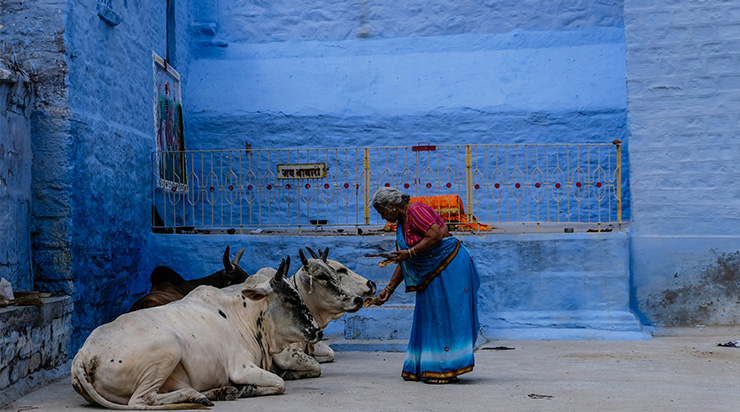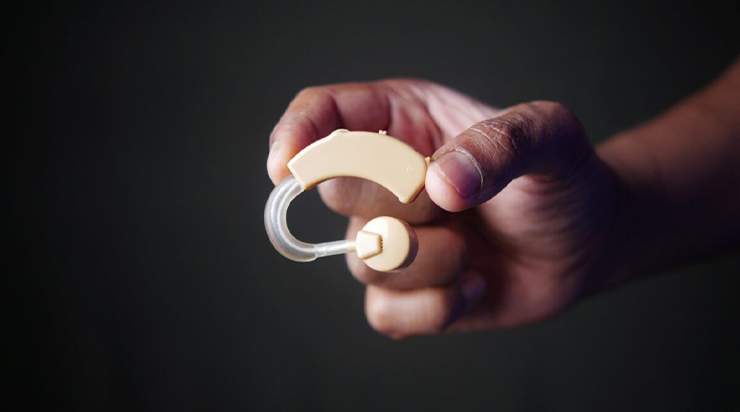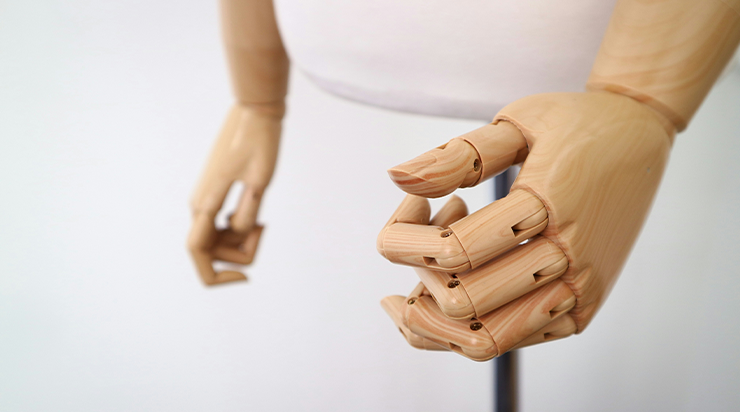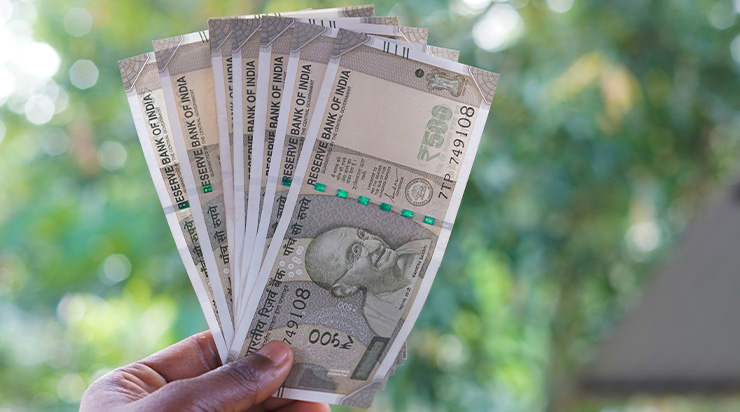More than 60% of India lives in rural areas, where access to basic healthcare is still a challenge—let alone specialized technology. For a wheelchair user, the nearest center for repairs might be over 50 kilometers away.
Many AT solutions are urban-centric and assume internet, electricity, and road access. This makes them practically useless for rural contexts. But innovators are responding.
Startups are now building rugged AT devices that withstand tough terrains. NGOs are training local technicians. Aatma aims to build partnerships with regional governments to decentralize manufacturing and distribution.
Local innovation, empowered communities, and affordable financing are key to rural success in AT.
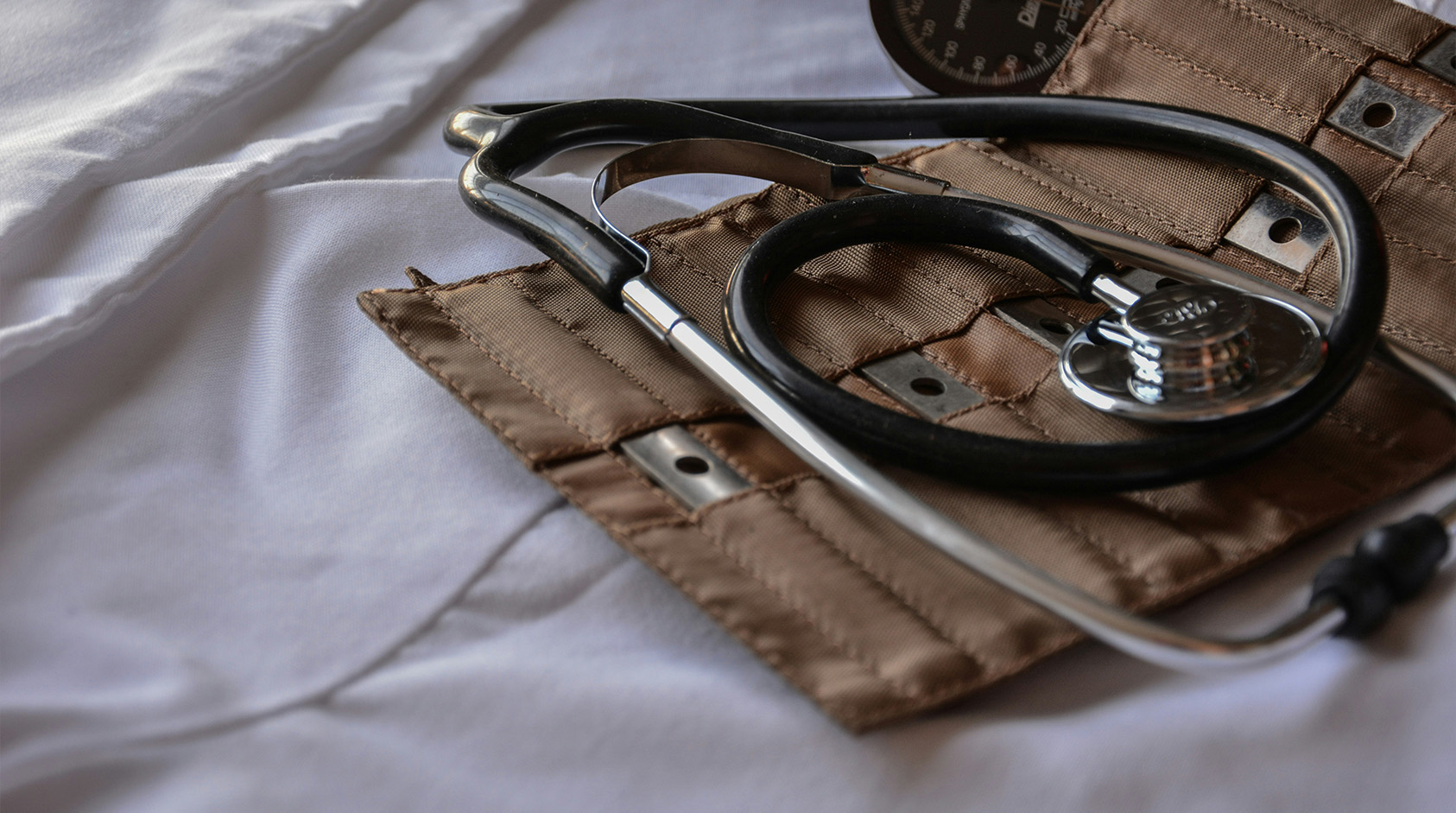
The Power of Local Ecosystems
Self-help groups, Panchayats, and ASHA workers are often the first to spot disability-related needs. When trained and empowered, they become local champions for AT distribution and awareness.
Some districts are experimenting with mobile AT vans and pop-up expos to bring devices directly to villages. This mobile-first approach helps bypass broken infrastructure.
Aatma wants to support such ecosystem models by standardizing training, subsidizing supply chains, and amplifying success stories.
“Accessibility must be rooted where people live—not where policies are made. Empower rural voices, and the future will follow.”
Rural India doesn’t lack need—it lacks reach. Let’s take innovation to the doorstep, and bring dignity with it.

